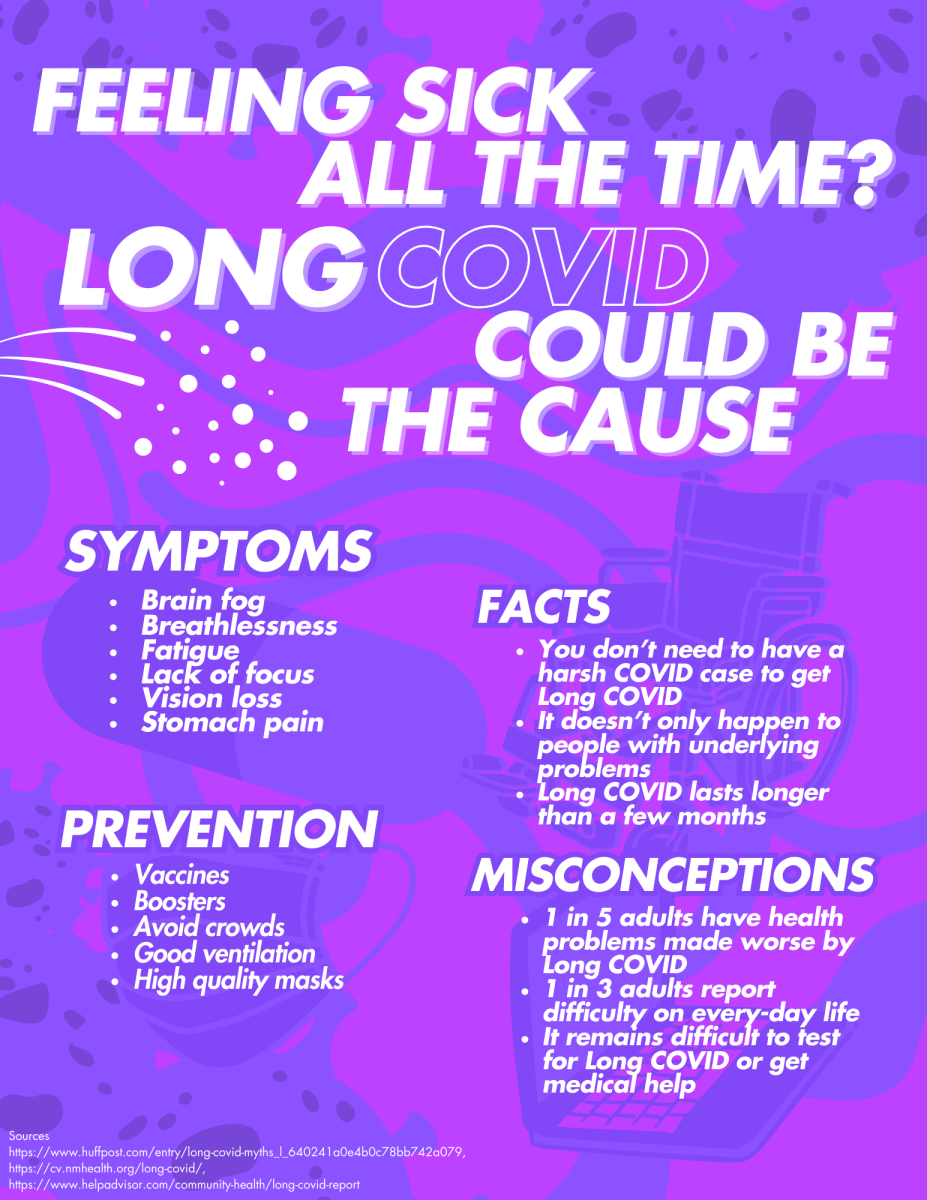Measuring students by their academic performance, referred to as grading, is a widespread practice in the U.S; however, it is ineffective in measuring a student’s ability to learn, and diminishes the quality of education. Grades only measure students superficially, overlooking factors that heavily impact a student’s performance which are often linked with wealth, mental health, and it ends up perpetuating this systemic inequality.
Grades should be gradually phased out and replaced with programs that prioritize all of a student’s abilities and educates them using their own motivation to learn, according to their need and proficiency.
According to a 2018 Pew Research Center survey which asked teenagers to name problems they see among their peers, over 96% of them answered with anxiety and depression as being a problem, with only four percent claiming that anxiety is not a problem among their peers. From the same article, when asked what causes stress or they feel pressured over, over 94% said their main source of pressure to grades, greatly outweighing all other answers. Long term anxiety, according to the health information website healthline.com, can cause severe problems including emotional irritability, headaches, panic attacks, digestible problems, fatigue, muscle pain, and more. Student health issues are often linked to anxiety caused by grades.
Despite anxiety being linked to grading, a common response to a student’s lackluster performance is to grade harsher. This response is ineffective at getting students to learn, as sociologist and author of 14 books about education, Alfie Kohn explains: “student performance does not improve when instructors grade more stringently and, conversely, that making it relatively easy to get a good grade does not lead students to do inferior work.” According to Kohn, grades are not reliable. The grade often examines a single piece of work, and the grade a student receives may vary greatly between teachers, and even with the same teacher it may become inconsistent over time.
The reason grading is unrelated to a student’s ability to learn is because grading can’t differentiate between extrinsic and intrinsic motivation. The American Psychological Association describes intrinsic motivation as incentives to engage in an activity due to the activity itself, as opposed to extrinsic motivation, which would be for benefits obtained from completing the activity. Extrinsic motivation presents as problem for education because, Kohn writes, because extrinsic motivation doesn’t address the emotions or ideas that cause behavior. In other words, grades don’t make students pay attention to the topic, only to how to answer the questions on a test. Obviously, if the only reason to do an activity is for a reward, then when the reward is not present, there is no reason to do the activity. The only way to educate students would be if they intrinsically want to do something.
Not only are grades an ineffective method of getting students to learn, but it could also even damage their ability for future education. Writing at endseclusion.org, Speech Language Pathologists Connie Persike explains how rewards and punishments, such as grading, often lower students’ ability to feel intrinsic motivation, stating that when students are rewarded for completing a task, it becomes something they only do for the reward, rather than because they are genuinely interested or invested in the task. The fear of not receiving a reward can lead to anxiety and shame, and if the reward doesn’t match the effort, they may be disappointed. According to Persike, research has shown that the more a person is rewarded for doing something, the more they tend to lose interest in that activity. These effects of rewards are especially harmful in classrooms, as not only are students not retaining information but also growing to dislike the process of learning.
Many other factors heavily impact the grade that students receive. According to a study titled “Can We Trust The Transcript?” by Equitable Grading Project, a non-profit research organization for education strategies, only a measly 42.7% of student’s grades matched the student’s test scores. In other words, over 60% of the student’s grades did not predict their test scores. On top of this, Black, Hispanic, and low-income students had higher rates of mismatches, with tests being two letters lower than their class grade. Often, factors other than ability affect grading the most: the idea of having to write in “standard English” effectively means that using “incorrect” English vernaculars tends to score lower. According to Anxiety in the Classroom, an online anxiety resource center for students, anxiety can have significant impact on academic performance, as well as neurodivergent students, like those with OCD, autism, or ADHD, who often perform worse academically.
Disparities in learning has lead has to striking inequality in society. According to The National Literacy Institute, a collaboration of school districts and foundations, in the U.S. over 54% of adults have a literacy below sixth grade level. Illiteracy is not spread evenly throughout society, as three out of five people in prisons can’t read, 70% of low-income fourth graders can’t read on a basic level, three out of four people on welfare can’t read, and 50% of unemployed people aged 16 to 21 can’t read. Many of these demographics, like low-income houses, prison inmates, and unemployed people, tend to be marginalized ethnicities, as according to Center for American Progress, Black unemployment has consistently been twice the White unemployment rate.
Some people may argue that there are no alternatives to grading. According to Human Restoration Project, a non-profit organization for education reform, it wasn’t until just 1897 that modern letter grades became used. While similar systems were used in the past, they understood that students focusing on class ranking would lead be a bad idea, even as far back as 1846. A radically different alternative form of education is the Sudbury model, in which students and parents democratically choose what to learn, how to learn, their schedules, and rules. According to The Atlantic, about 75% of Sudbury schools students go to college, while the rest report going on to live satisfactory lives. Sudbury schools offer a view to how a democratic education system looks like; students engage in dialogue with each other to find topics they find interesting or valuable to learn, using guidance from other students and adults rather than threats, meaning they are always intrinsically motivated and in tune with their emotions, community, and history.
If the goal of education is to make students retain information to be able to utilize it in the future and pursue a better society, it fails miserably, as all it accomplishes is systemic inequality. Teachers should aim to lower stress from grading by making them a minor part of the class, or if necessary, making them take little effort from students. The move towards an intrinsic-based education should be gradual, as some students who have been raised extrinsically may have a hard time adjusting. Programs for disadvantaged students should be provided in order to prevent systemic inequality. Individual students should combat stigma around academic performance by educating themselves on the causes behind poor performance in order to dismantle popular narratives which place the blame on the individual students.











